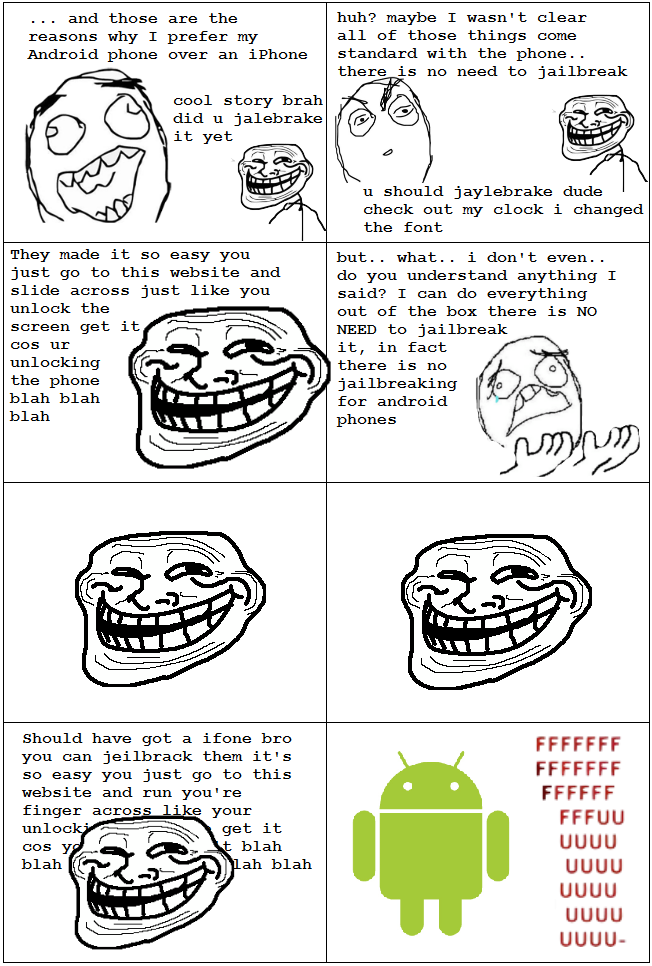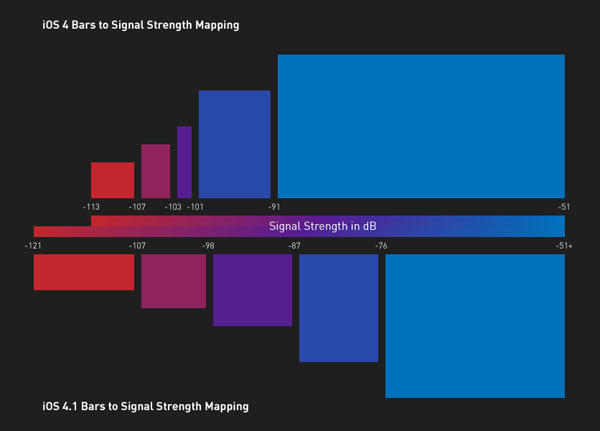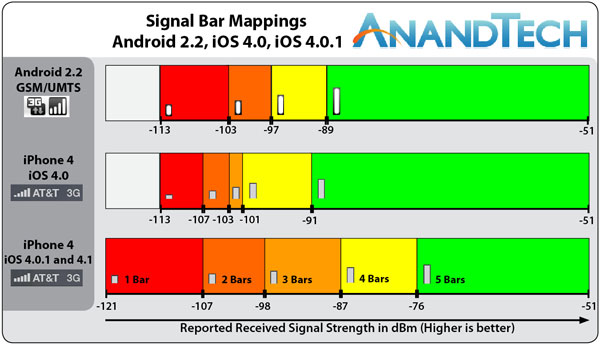Enjoy the tunes, indeed.
I guess this particular story begins with Telstra. They ran a competition a little while ago for “social reviewers” of the HTC Desire, currently the flagship Android handset available in Australia. The HTC Desire boasts pretty impressive specs, and judging by the amount of tweets, Telstra seem to be pushing this one pretty hard, far harder than they ever promoted the iPhone (both models). Maybe they prefer Android to Apple’s “walled garden”, maybe it’s because they can load the device with as much BigPond-branded content as they desire (hurr, hurr, get it? Desire?), but whatever the reason, it’s certainly getting some attention.
As this is a pretty big deal for Telstra, having “social reviewers” means that it gets exposure, and all that yummy PR stuff which I won’t go into here. As a bonus, all the “social reviewers” get a free HTC Desire handset to hang onto, but they have to, as their namesake suggests, review the Desire.
Being fairly active on Twitter, and having a randomly-regularly updated blog, I thought I was in with a shot. Add to the fact that I resided in a semi-rural area (Tasmanians made up some 3% [or maybe 6%, I can’t remember] of the 2000+ entries they received Australia-wide), and I thought I had a real shot at this whole “reviewing a product via social media” thing.
Evidently, I was wrong.
Anyway, it turns out I didn’t get in. Boo. More on this in a second.
As a consolation prize for giving up 15 minutes of my time filling out the online application, I did, however, receive a $15 BigPond Music voucher for my personal info.
Wanting to get my money’s worth, I set forth to purchase $15 worth of songs from BigPond Music. The songs that I chose meant I actually ended up having to pay about a dollar more, but I guess that was the idea all along.
Anyway, I ended up grabbing the following songs:
- My First Kiss [feat Ke$ha] – 3OH!3
- Airplanes [feat Hayley Williams] – B.o.B
- Pyromania – Cascada
- Not Myself Tonight – Christina Aguilera
- Caught In The Crowd – Kate Miller-Heidke
- Your Love Is My Drug – Ke$ha
- Blah Blah Blah – Ke$ha
- Burn It To The Ground – Nickelback
- If We Ever Meet Again – Timbland
- Drops Of Jupiter – Train
- Mr Mysterious – Vanessa Amorosi
Say what you want about my music tastes (I wish I could say I set out to purchase the worst of the worst music currently available, but sadly not), but I chose this music based on the top 200 list on iTunes. I’d listen to the preview in iTunes, and then if I vaguely recognised the song (and didn’t already have it in my iTunes library) I’d add it to my BigPond Cart.
At this point, I have a couple thoughts to share. One, the BigPond music website isn’t the most user-friendly or accessible. It certainly has an alright search feature, but it places the songs where you have to scroll a considerable amount to find the song you’re after and add it to your cart. I didn’t even try using the previews as I knew it would have been in some horrible Flash implementation, but in the end too many clicks, too much scrolling, and a whole lot of wasted space made for a convoluted experience. Oh, and the shopping cart was in Flash too.
That being said, I wasn’t sure what quality or flavour of DRM the music downloaded from BigPond would come in – I had a hunch it was DRM free and of reasonable quality, but I didn’t know for sure. Upon completing my download I was pleasantly surprised that the files were completely DRM-free and of 256kbps or greater – the majority of my files are actually in 320kbps MP3. Nothing like iTunes’ own 256kbps “purchased AAC” that laces the file with your user ID so that they can track if you share a file simply by using some strings command, if my memory serves me correctly. I did have to re-download the artwork (which came pre-embedded in the files, but 128×128 is sooo 1998) and raise the volume of the tracks a bit, but apart from that I was pleasantly surprised.
Two more thoughts about the music itself and I’ll move on to talking about some social media things.
One, the price. Most of the tracks that I downloaded were $1.65, and others still were just 99c. Compare that to iTunes’ current extortionist price of $2.19 for the more popular songs and $1.69 for pretty much everything else, and you’ve got a real situation. I’m not saying i’ll give up the iTunes store anytime soon, just that I was previously unaware that decent alternatives exist. Ignorance on my part, but it is what it is.
Two, people these days listen to utter shit. Seriously. Going through each and every song in the top 200 list in iTunes, listening to the previews along the way made me lose all faith in humanity on more than one occasion. I mean, that beaver fellow? And some other so-called “rap artists” who couldn’t produce a decent track if their lives depended on it? Gimme a break. The kind of music on that list downright horrified me, pure and simple.
Finally, the social media part.
While I won’t deny being a little miffed at not winning (being able to experience a Desire* for a month or so would be an awesome introduction for the next-generation iPhone due to launch in about a month), I do have a couple of gripes about how the whole thing went down.
Now I can understand why Telstra wanted the most influential, the most socially “out there” people for their “social reviewers” program. It makes sense because they’d want as much coverage as possible if they’re going to be outlaying some amount of money north of $20,000 for this Desire social review program. I’m no expert on what the marketing industry is like, but I’d infer that a substantial sum like that is a pretty big deal, especially for a single handset in Australia’s largest telecommunications company’s arsenal. Someone up in Telstra’s upper echelons must really like that phone.
Maybe it’s because I’m a little too bitter than I really ought to be about the whole thing, but if Telstra wanted the best of the best social media people to review the thing, why couldn’t they have just hand-picked the people to begin with? Hey, look at so-and-so, they follow over 1000 people on twitter, they’re followed by quadruple that amount, and their recent tweets express a desire to check out the Desire (previous puns notwithstanding), let’s pick them! From there, those actually interested in the program could ave gone on to be shortlisted, and so on and so forth.
Instead, they invited everyone in Australia who was over the age of 18 and interested in FREE STUFF that had a decent social profile on the internet to enter their competition, setting up a whole lot of people to be disappointed. To be honest they probably weren’t expecting as many people to apply as they did, but the lesson here is to never underestimate the intensity of human greed. Or to follow more people and have a Daring Fireball level of activity on your blog before you apply to be a social media reviewer for Telstra.
But it doesn’t end there.
You see, the numbers of this social media review program went a little like this: 25 HTC Desires for the social reviewers valued at $779 each, with $100 of Telstra pre-paid credit tacked onto that for a total of just over $21,000. But that’s only what the official terms and conditions mention. What isn’t mentioned is the $15 BigPond Music credit (presumably) given to all the people that weren’t accepted into the program – all 1975+ of them (Telstra only states that they received over 2000 entries). It doesn’t take a genius to work out that they gave out over $30,000 in vouchers. Like Beau, I too think that they should have had more Desires available and less vouchers. Why Telstra, why?
Doing some serious stalking of the people actually involved with this whole shebang reveal two interesting things – I know a couple of people on the list by name (and reputation) only, and there’s even one person from Franklin, Tasmania – not too much further south than where I live.. FFS. No one from WA that immediately stood out, but I’m sure Telstra chose someone.
Also, looking over their social profiles reveals that most of them are now “Telstra-branded”, and by that I mean they all have a little disclaimer saying: “I have been given a HTC Desire handset by Telstra free of charge to review. Comments expressed by me reflect my user experience and personal opinion”. Read into that what you will.
Final thoughts, and I’ll wrap it up – just before I posted this I came across an eye-opening article on Why I went back to the iPhone from the HTC Desire. It’s a brilliant read, and affirms my decision; I’ll take Apple’s walled garden any day, thanks! Maybe if they gave those same reviewers the next-generation iPhone to review… ? Would certainly make for some eye-opening comparisons – how much do ordinary consumers care about what resolution the screen is? Or what format it captures it’s video in? Or even how it handles different audio codecs? Or how the memory management on Android is anything but automatic? I mean, closing the Sense UI over an app? Seriously?
Signs I’m feel way, way too bitter about this: 1500 words, man. One thousand, five hundred. How’s that for in-depth, Telstra?
Oh, and by the way – comments, criticisms, and any inferences expressed by me reflect my user experience and personal opinion.
Isn’t that the norm on a blog anyway? 
* not to mention the puns. Oh, the puns.





